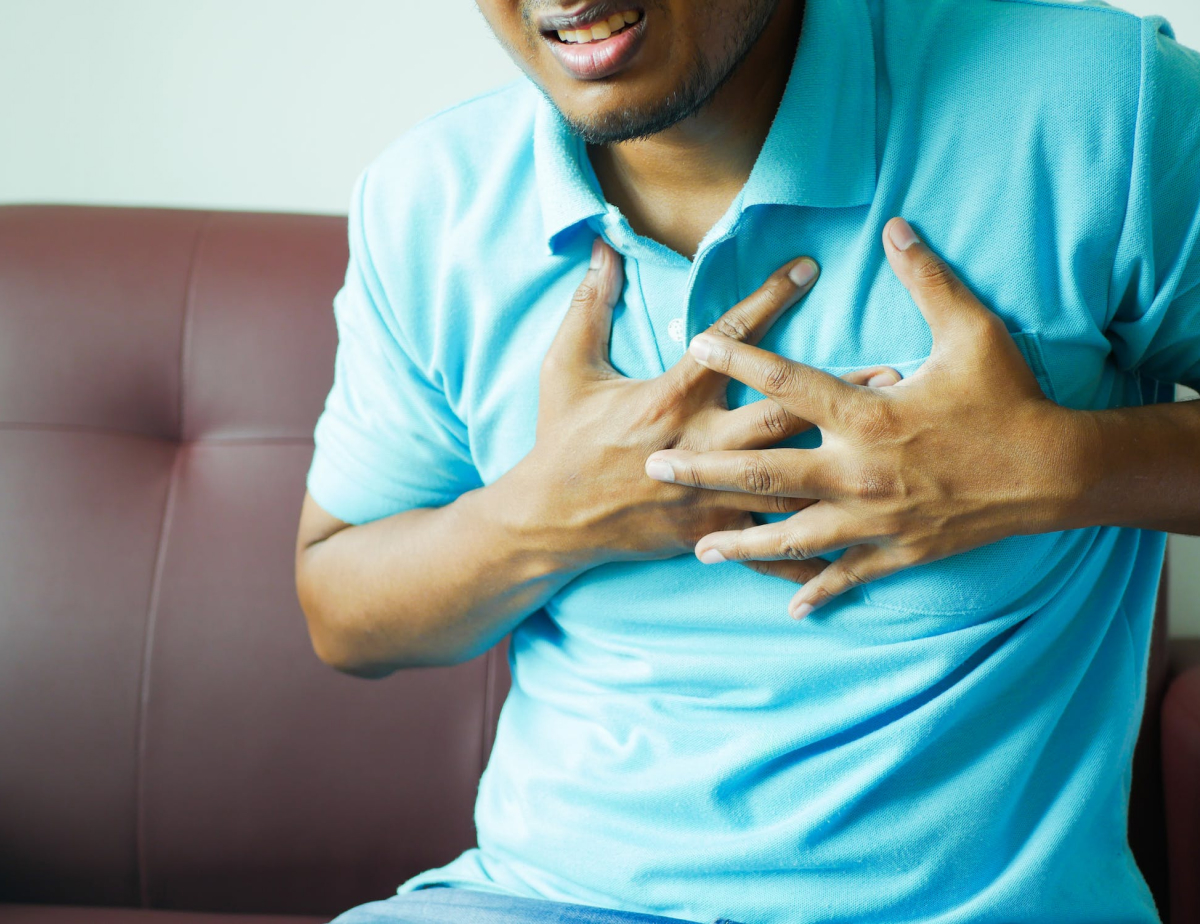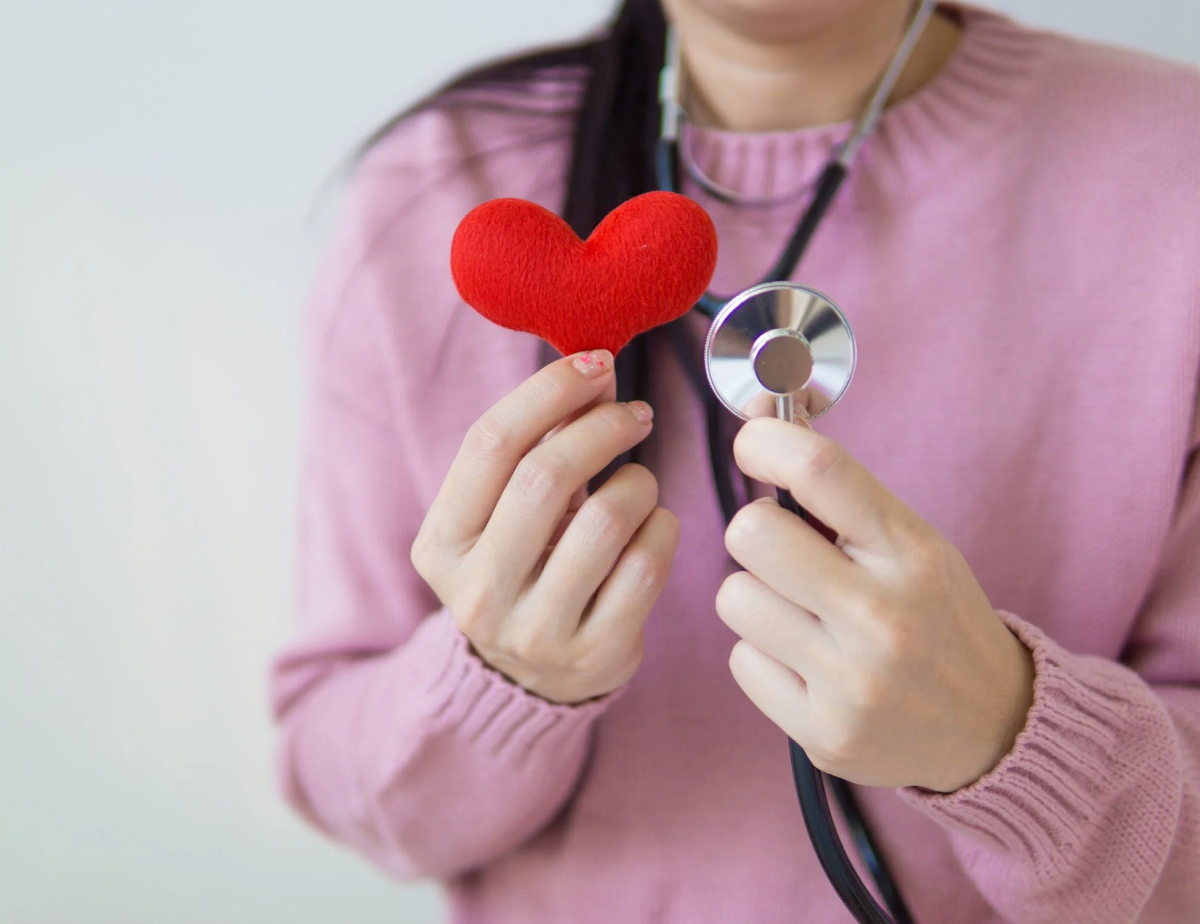Category
What is sudden cardiac arrest?

What are heart disease and stroke?
Each year, more than 813,000 Americans die from heart and blood vessel disease. That’s more than 33 percent of all deaths in the United States!
What are some types of heart and blood vessel diseases?
Hardening of the arteries, or artherosclerosis, is when the inner walls of arteries become narrower due to a buildup of plaque, usually caused by a diet high in fat, cigarette smoking, diabetes or hypertension. This limits the flow of blood to the heart and brain. Sometimes, this plaque can break open, forming a blood clot and blocking the artery. This can cause cause a heart attack and stroke.
High blood pressure, also called hypertension, means the pressure in your arteries is consistently above the normal range. It’s written as two numbers, such as 122/78 mm Hg. The top number (systolic) is the pressure when the heart beats. The bottom number (diastolic) is the pressure when the heart rests between beats. High blood pressure is a pressure of 140 systolic or higher and/or 90 diastolic or higher that stays high over time. There are usually no signs, so you must see a doctor each year. No one knows exactly what causes it, but it can lead to hardened arteries, stroke or heart attack.
Heart attacks occurs when the blood flow to a part of the heart is blocked, usually by a blood clot. If this clot cuts off the blood flow completely, the part of the heart muscle supplied by that artery begins to die.
Heart failure means that your heart isn’t pumping blood as well as it should. It keeps working, but the body doesn’t get all the blood and oxygen it needs. See a doctor if you notice any of these symptoms:
Swelling in feet, ankles and legs, called edema.
Fluid build-up in the lungs, called pulmonary congestion.
Stroke trans-ischemia attacks (TIAs) happen when a blood vessel that feeds the brain gets blocked or bursts. Then that part of the brain can’t work and neither can the part of the body it controls. Major risk factors for stroke include:
High blood pressure
Smoking
Diabetes
High cholesterol
Heart disease
Atrial fibrillation (abnormal heart rhythm, A-fib)
What are signs of a heart attack and stroke?
Uncomfortable pressure, squeezing, fullness or pain in the center of your chest. It lasts more than a few minutes, or goes away and comes back.
Pain or discomfort in one or both arms, the back, neck, jaw or stomach.
Shortness of breath with or without chest discomfort.
Other signs such as breaking out in a cold sweat, nausea or lightheadedness.
If you have one or more of these symptoms, don’t wait more than five minutes before calling for help. Call 9-1-1 and get to a hospital right away.
Face — sudden facial drooping, numbness or weakness of the face, arm or leg, especially on one side of the body.
Arms — weakness or numbness of the arms.
Speech — sudden confusion, trouble speaking or understanding.
Time — time to call 9-1-1
Other symptoms include sudden trouble seeing in one or both eyes, walking, dizziness, loss of balance or coordination and sudden, severe headache with no known cause.
What is heart failure?
Nearly 5.7 million Americans are living with heart failure today, making it one of the most common reasons people age 65 and older are admitted to the hospital.
It can take years for heart failure to develop. Symptoms usually develop over weeks and months as your heart becomes weaker and less able to pump the blood that your body needs. Heart failure usually results in an enlarged heart (left ventricle). It becomes congestive heart failure when fluid builds up in various parts of the body.
What causes heart failure?
The most common cause of heart failure is coronary artery disease (CAD). This occurs when arteries that supply blood to the heart muscle become narrowed by buildups of fatty deposits called plaque.
- Past heart attack damage to the heart muscle.
- Heart defects present since birth.
- High blood pressure.
- Heart valve disease.
- Diseases of the heart muscle.
- Infection of the heart and/or heart valves.
- Abnormal heart rhythm (arrhythmias).
- Being overweight.
- Diabetes
- Thyroid problems.
- Alcohol or drug use.
- Certain types of chemotherapy.
What are the signs of heart failure?
- Shortness of breath, especially when lying down.
- Tired, run-down feeling.
- Coughing or wheezing, especially when you exercise or lie down.
- Swelling in feet, ankles and legs.
- Weight gain from fluid buildup.
- Confusion or can’t think clearly.
- If you don’t have it yet, but are at risk for it, you should make lifestyle changes now to prevent it!
- It can get worse if it’s not treated. It’s very important to do what your doctor tells you to do.
How is it treated?
- Your doctor may put you on medicine to strengthen your heart and water pills to help your body get rid of the excess fluids.
- Your doctor will recommend a low-sodium (salt) diet.
- You may be provided oxygen for use at home.
- Your doctor may recommend certain lifestyle changes.
- Surgery or cardiac devices may be needed, in some cases.
How can it be managed?
- Follow your doctor’s advice.
- Quit smoking.
- Take your medications as prescribed.
- Weigh daily to check for weight gain caused by increased fluid.
- Track your daily fluid intake.
- Monitor your blood pressure daily.
- Lose or maintain your weight based on your doctor’s recommendations.
- Avoid or limit alcohol and caffeine.
- Eat a heart-healthy diet that’s low in salt and saturated fat.
- Eat less salt and salty foods.
- Be physically active.
- Get adequate rest.
What is high blood pressure?
About 76.4 million Americans over the age of 20, 1 in 3 adults, have high blood pressure and many don’t even know they have it. Blood pressure is the force of blood pushing against blood vessel walls. High blood pressure (HBP) means that the pressure in your arteries is higher than it should be.
It is also known as hypertension.
Who is at higher risk?
- People with close blood relatives who have HBP.
- African Americans.
- People over age 35.
- Overweight people.
- People who are not physically active.
- People who consume too much salt.
- People who drink too much alcohol.
- People with diabetes, gout or kidney disease.
- Pregnant women.
- Women who take birth control pills, who are overweight, had HBP during pregnancy, have a family history of HBP or have mild kidney disease.
- Not treating high blood pressure is dangerous, as it increases the risk of heart attack and stroke.
- There are no signs. The only way to know if your blood pressure is high is to get it checked regularly by your doctor.
What can untreated high blood pressure lead to?
- Stroke
- Heart attack, angina or both.
- Heart failure.
- Kidney failure.
- Peripheral arterial disease (PAD).
What can you do about it?
- Lose weight if you’re overweight.
- Eat healthy meals low in saturated fat, trans fat, cholesterol, salt (sodium) and added sugars.
- Limit alcohol to no more than one drink per day for women or two drinks a day for men.
- Be more physical active. Aim for at least 150 minutes (two and a half hours) of moderate-intensity, or 75 minutes (one hour and 15 minutes) of vigorous-intensity aerobic exercise each week.
- Take your medicine the way the doctor tells you.
- Know what your blood pressure should be and work to keep it at that level.
Some medicines, such as vasodilators, help relax and open up your blood vessels so blood can flow through better. A diuretic can help keep your body from holding too much water and salt. Other medicines help your heart beat more slowly and with less force.



